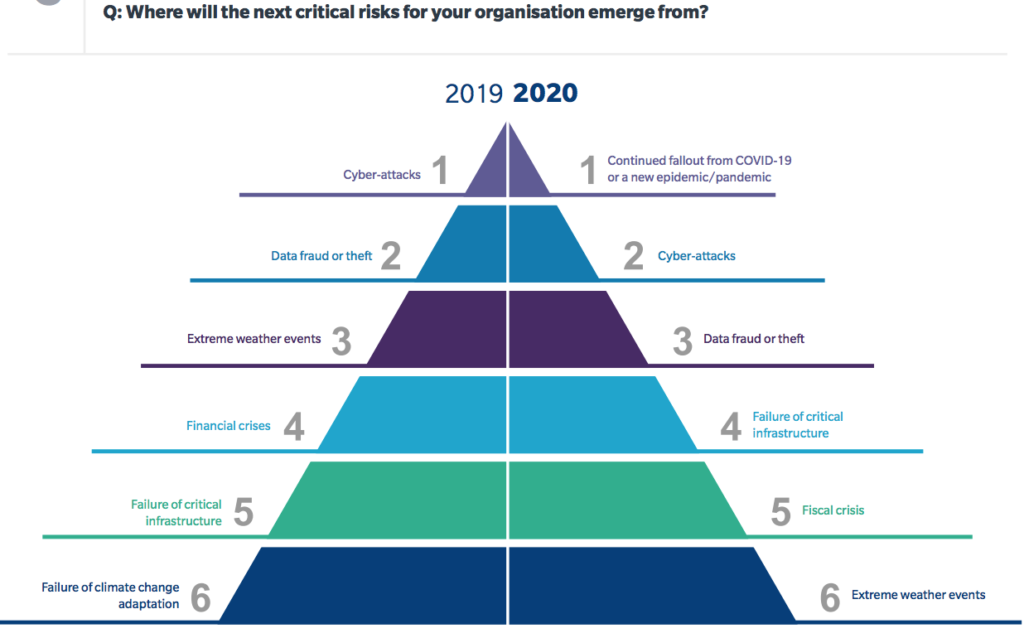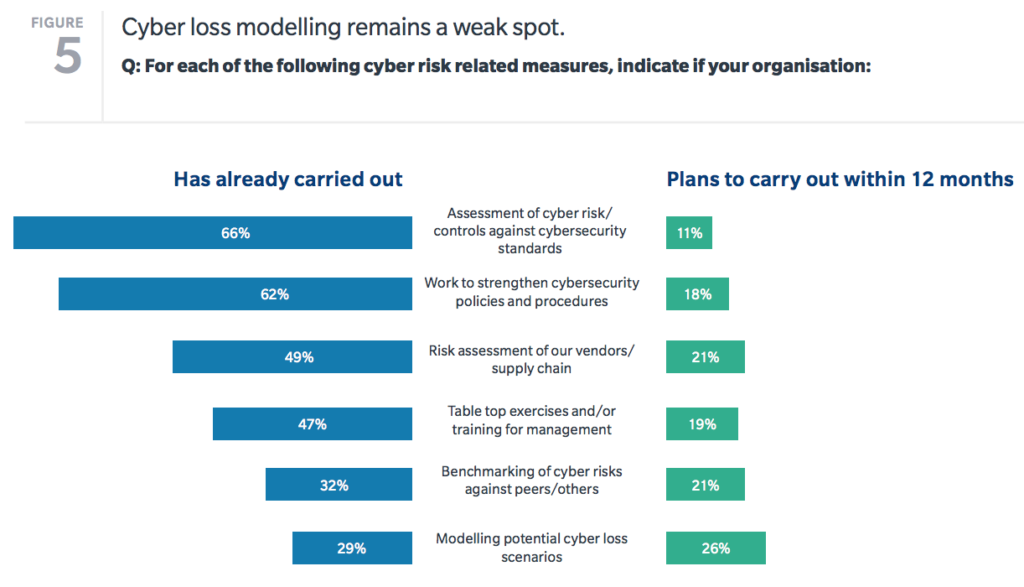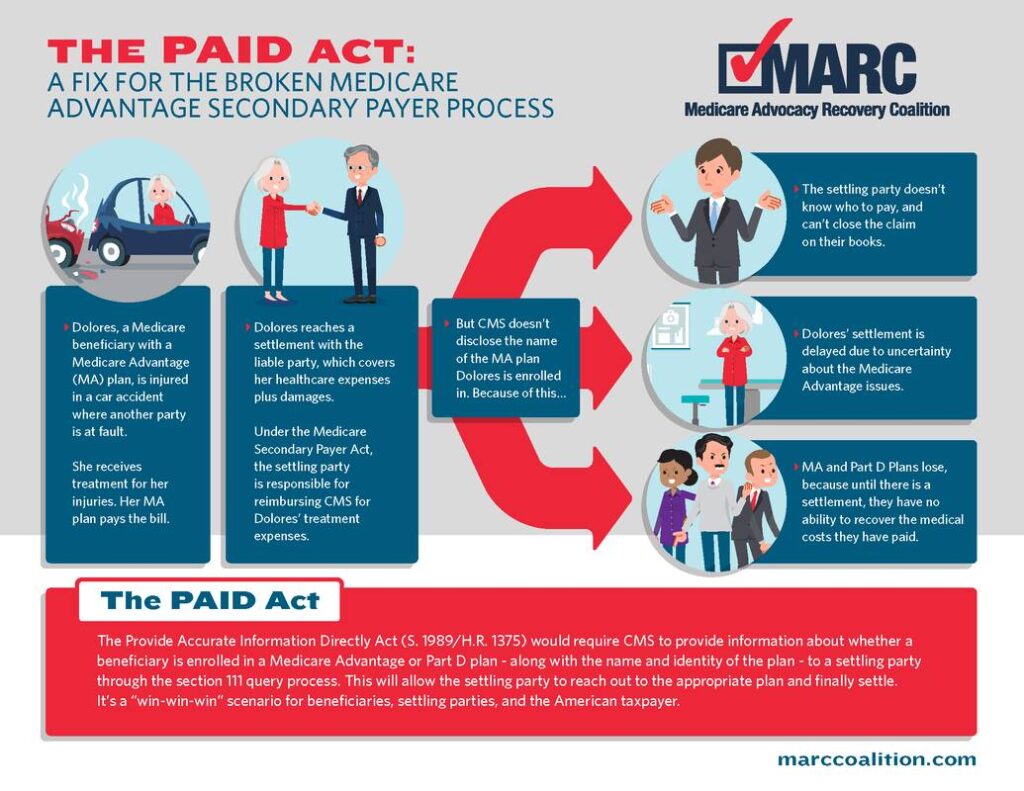The purpose of a litigation hold is to preserve relevant information when an organization reasonably believes this information can lead to an investigation or litigation. The information to be preserved can be documents, equipment and/or electronic information or materials that may be relevant to a lawsuit or an investigation, depending on your industry. If relevant documents or information are lost, altered or destroyed, the company could suffer serious legal consequences.
The spoliation of evidence is “the intentional, reckless, or negligent withholding, hiding, altering, fabricating, or destroying of evidence relevant to a legal proceeding.” The maximum penalty for destroying or concealing evidence is either six months in a county jail or a fine up to $1,000, or both. For example, spoliation can occur when documents are shredded, emails erased, physical evidence is sold, destroyed or hidden and otherwise rendered unavailable for trial. It is the company’s duty to take all reasonable steps to preserve potentially relevant information.
The risk professional’s role is vital—he or she may be aware of an incident that might give rise to a claim or suit, well before a suit is filed, sometimes even a year or more. For example, if you receive an incident report that a third-party vendor fell on your property, you would call security to see if there is video of the incident, and if so, secure a copy of that video. You would interview any witnesses, preferably on the day of the event while memories are fresh, and document the incident in their words. If the victim alleges that something caused the fall, then you should take photos of location and determine whether the pavement was wet or dry, there was debris in the aisle, what the weather conditions were, and other considerations. Once you complete the investigation, all documentation should be stored and secured.
If there is a claim that is either in a lawsuit or the company believes could later become a lawsuit, the clock starts ticking on litigation hold notices. In the United States, the law requires that companies comply with their duty to preserve evidence. Evidence is broad and can include an automobile involved in an accident; emails; a chair involved in a slip and fall; videos, voicemail, photographs or text messages; among others. The notice can involve official company files, personal files or non-official files. All information that may be relevant to the matter must be preserved.
Preserving potential evidence that the company believes may reasonably lead to a lawsuit or investigation takes a coordinated effort that can involve legal, risk management, IT, HR, compliance, engineering, security and any other department.
If you are an employee who may have information pertinent to investigation or lawsuit, you would be considered the custodian of this information and would have a legal obligation to preserve such evidence. As custodian, the legal department or possibly a third-party administrator would instruct you to preserve the evidence. The general procedure is that you would receive a notice on a matter that could be involved in an investigation or a lawsuit. You will be required to review, comply, sign and certify a document that states you agree to preserve information that would be related to the event. There may be a requirement to return signed document within a certain amount of time from receipt, and violation may result in disciplinary action that can include termination.
The evidence required may be very specific (such as video recorded on this date), or general (like all related emails), and may include a date range. Once identified, do not destroy, alter, modify or delete documents subject to the hold notice. When the lawsuit or investigation is completed you will receive a termination and release of this obligation. The evidence may be saved as part of the company record retention program.
Risk management can play an important role in this process by storing the hold notice in the claim file, periodically reminding custodians of their obligations, involving and sending new notices for new custodians that might have evidentiary material, and notifying custodians of termination of hold notices.



